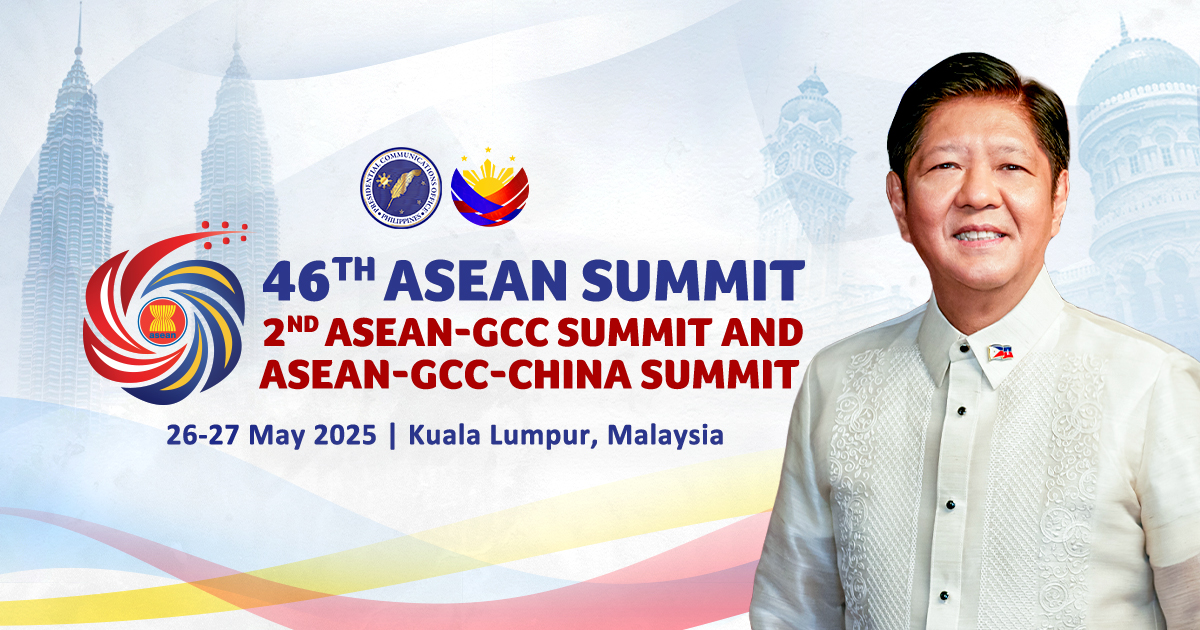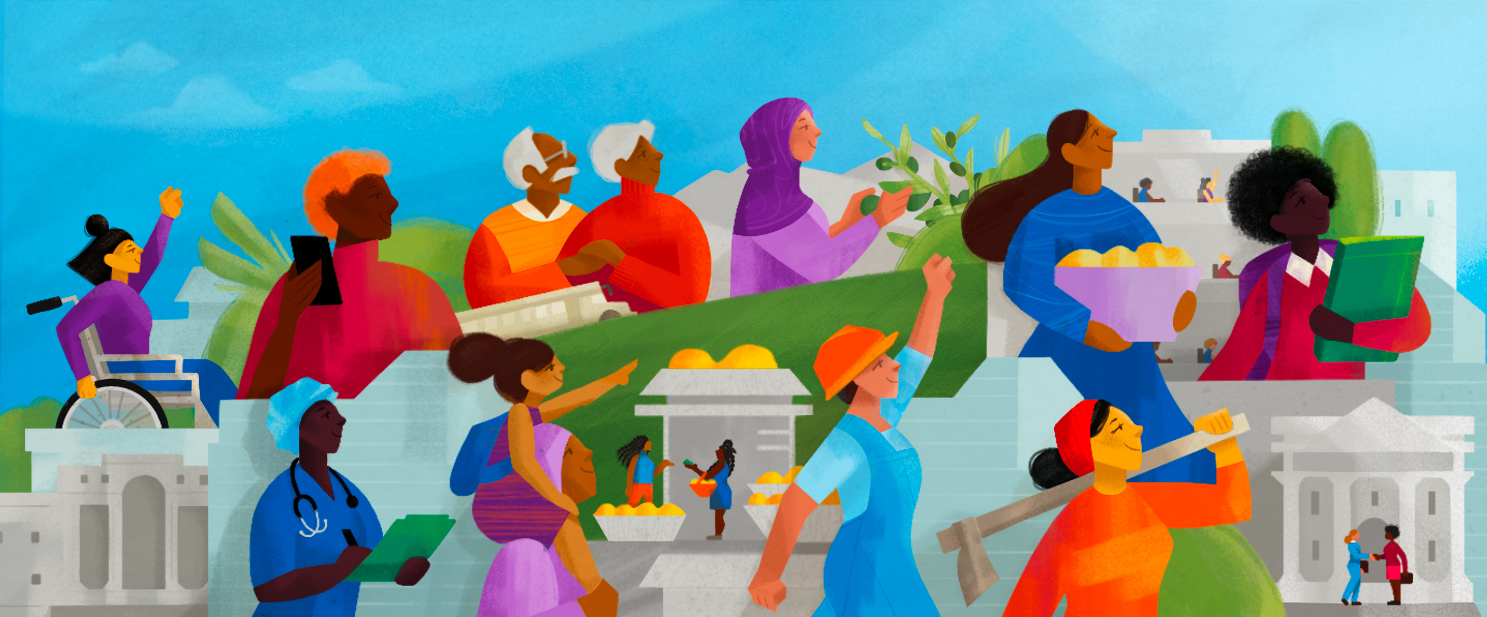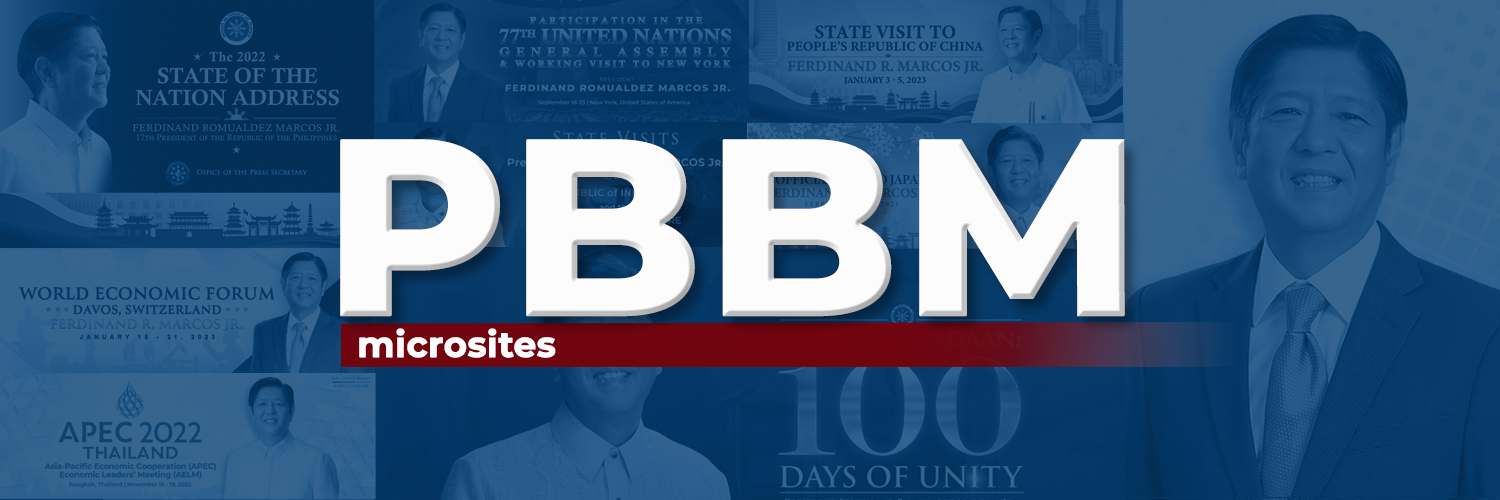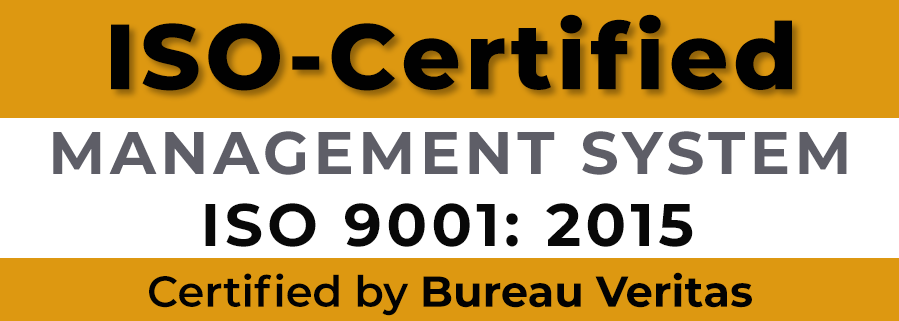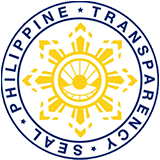January 20, 2016 – President Benigno S. Aquino III’s Speech at the Opening Ceremony of the ASEAN Tourism Forum (ATF) 2016
| President Benigno S. Aquino III’s Speech at the Opening Ceremony of the ASEAN Tourism Forum (ATF) 2016 |
| Plenary Hall, PICC, Pasay City |
| 20 January 2016 |
| Thank you.
Excellencies of the Diplomatic Corps; Secretary Ramon Jimenez; Acting Secretary Laura del Rosario; His Excellency Le Luong Minh; the Undersecretary Benito Bengzon; Heads of the delegation of the ASEAN Tourism Forum: the Honorable Wardi Haji Ali from Brunei, Honorable Dr. Thong Khon from Cambodia, the Honorable Arief Yahya from Indonesia, Honorable Chaleune Warinthrazak from the Lao PDR, Honorable Mas Ermieyati Samsudin from Malaysia, His Excellency Ye Mint Aung from Myanmar, the Honorable Yue Kheong Leong from Singapore, the Honorable Kobkarn Wattanavrangkul from Thailand, the Honorable Dang Thi Bich Lien—I hope I’m not mispronouncing anybody’s names. I hope to foster friendship rather today—the Honorable Wu Wenxue, the Honorable Yuri Furusawa of Japan, the Honorable Chong Kim from the Republic of Korea, the Honorable Vinod Zutshi from India, and the Honorable Roman Skoryy from Russia; Governor Edgar Chatto from Bohol which host a lot of our very good beaches; delegates of the ASEAN Tourism Forum; officials of the International Tourism Organizations, and Travel and Tourism Associations; fellow workers in government; honored guests; ladies and gentlemen: Good afternoon. You all look so splendid in your barong tagalogs and the sayas. I suddenly notice how crumpled by own barong is and I apologize for that. 162 days from now, I will step down as President. Once again, I will be free to be a tourist. This means that, when I visit our country’s famous beaches, I will be able to stay for more than an hour and actually get to walk on the sand of these beaches—as opposed to delivering a speech a few hundred feet away from the shore. This also means that, if I do get the chance to travel to any of the countries in ASEAN, I will be able to spend more time walking the streets and imbibing all of the cultural activities and visiting your cultural sites at leisure—as opposed to the very hectic and strict schedules I have had as President. I have to confess, I have seen quite a lot of sites and I tried to imbibe as much as the two minutes that they allowed me to do so. Of course, I have to travel 14 hours to view the two-minute scene, but that’s okey. You will understand why traveling around the Philippines is number one on my list of priorities when I return to private life. As President, I must never be caught flat-footed; each problem that arises, I am one of the first to know. Perhaps because of this, there are certain, more informal matters that escape my attention. For example, a few days ago, I had a very good meal at a restaurant called Myron’s in one of our malls called Greenbelt 5, this is a mall in the financial center of Makati. Since it was such a delightful experience, I wanted to share it with the members of the Cabinet, as an opportunity to de-stress—only to find out that all of the people that I talked to were fully aware of this restaurant, which to me was a new discovery, and that they had all taken their meals there already. I said, sometimes I’m the least informed. Anyway, the same is true for this sector. While being fully aware of all our achievements, so much has taken place in Philippine tourism that I find myself extremely eager to catch up and experience on a more personal level what millions have already realized, and that it is: It’s more fun in the Philippines. This was the slogan that revitalized our tourism campaign back in 2011, and drew the attention of the world. It worked so well because, as Secretary of Tourism Mon Jimenez pointed out: it’s based on the truth. Our fiestas and festivals are some of the loudest and liveliest you’ll ever attend; our beaches have been hailed as some of the best; and of course, Filipino warmth and hospitality are second to none. The numbers affirm this: In 2015, 5.36 million international tourists visited the Philippines, and engaged in a wide variety of activities: from shopping in world-class malls, to climbing mountains, to swimming with whale sharks. Naturally, we are happy to see that more and more people are appreciating the country we love. It is not only a matter of pride for us; the growth of the tourism industry is a phenomenon that hits much closer to the most basic needs of our people. Simply put: tourism puts food on the table of our countrymen. It is generally held that every foreign tourist that steps foot on Philippine soil spends more than a thousand dollars during his stay; his arrival likewise redounds to the creation of one job. Imagine the sheer number of Filipinos who continue to benefit from the tourism sector: from restaurant owners, to handicraft vendors, and even to local tour operators. Not to mention the multiplier effect on families who are able to put aside some more money for the future, or on small businesses able to expand and hire a few more employees. This is the success story that the Philippines, together with so many others, has written in the past five and a half years: one borne of our desire to uplift the lives of our countrymen. At the same time, it is also a story very close to the ones within your own borders. Some of our brother nations, namely, Malaysia, Thailand, Indonesia, and Vietnam, continue to lead the pack when it comes to attracting tourists—and with good reason; but let me emphasize: the rest, the Philippines included, are catching up. The numbers make it clear: we belong to a region that holds vast potential in terms of tourism. 2014 saw tourist arrivals in ASEAN reaching 105.1 million—which is a staggering 42.4 percent increase from 73.8 million tourist arrivals in 2010. Of those 105.1 million visitors, 49.22 million came from within ASEAN itself. The strong interest that our peoples have in visiting each other’s countries highlights the potential to accelerate the growth of intra-ASEAN tourism, which redounds to all our benefits. Not only does it contribute to our respective growth agendas, it also fosters greater understanding, and strengthens the ties that bind our people. Furthermore, ASEAN integration has made our countries a more attractive destination for visitors in other parts of the world or from other parts of the world—and the entire region should capitalize on this. It takes roughly 13-14 hours to travel from North America or Europe to the Philippines and 30 hours from South America. All our countries can attract tourists from these markets. At the same time, I submit: would it not be a more attractive, value-packed proposition to present tours that cover more, if not all, ASEAN countries in one sweep? After all, tourists who travel more than a day in order to experience Southeast Asia will likely not limit themselves to the Philippines alone. Visits to Vietnam, Thailand, Malaysia, and perhaps each and every member-state would probably factor into their itinerary. Towards this end—towards maximizing the potential of ASEAN tourism, we can enhance connectivity even further. An ASEAN Roll-on/Roll-off System has been in the works for some time, towards enhancing maritime connectivity. The Philippines has likewise done its part to facilitate ease of transport to, and among, our islands. The Pocket Open Skies Policy gives foreign airlines the unlimited take-off, landing, and passenger conveyance rights to all Philippine airports, except Manila. We also implemented the Tourism Road Infrastructure Program called TRIP, to make tourism sites more accessible: out of 463 projects, 111 have been completed, 352 are ongoing, under procurement, or undergoing detailed engineering design. Our minister of Public Works and Highways even likes to joke that there is no waterfall in the Philippines that does not have a road leading to it to cater to the tourists. The success of ASEAN tourism likewise depends on another important conversation: that of sustainability. For a region that occupies only three percent of the earth’s surface, we play host to practically the entire spectrum of natural attractions: from the most diverse coral reefs in the world, to beautiful beaches, to rich terrestrial biodiversity. This requires us to maintain a delicate balance between harnessing these attractions for the economic benefit of our people, while ensuring that succeeding generations are also allowed to do so. As with all other endeavors, this is something we must do together. Coral reefs as diving sites are an immense lure for tourists—yet these reefs are so vast, and our waters so interconnected, that a single country would be hard-pressed to undertake preservation on its own. Regional cooperation is key—cooperation enhanced by our individual efforts. The Philippines has much to contribute in this aspect. For example, with the help of our Department of Tourism and the World Wide Fund for Nature, Donsol in Sorsogon—one of our provinces—was able to make a drastic shift in livelihood: from the hunting of whale sharks, known locally as butanding, for their meat, to now a thriving ecotourism industry that allows tourists and locals alike to observe and marvel at these creatures. As such, I encourage all of you today to engage your brothers and sisters from the region; share your thoughts and experiences freely, and build consensus the ASEAN way: with the goal of progressing as one region. Each meaningful conversation, each session can only redound to the benefit of all our peoples, and of all the tourists who will be going around ASEAN—myself, of course, included. Every time you do so, you affirm the truth: we are not mere neighbors, and neither are we competitors; we are partners in the pursuit of inclusive, sustainable growth. Thank you. Good day! |

